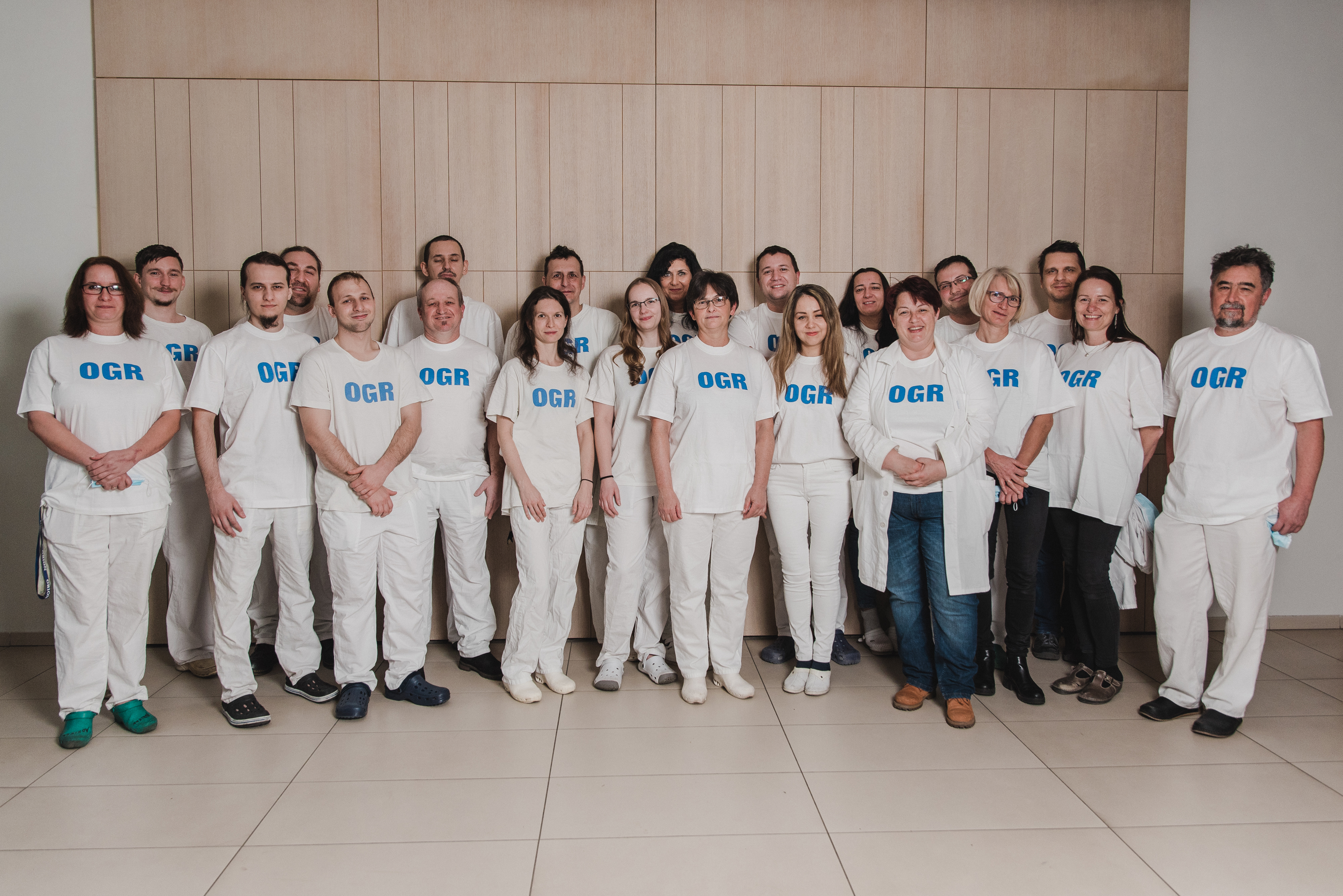BAC based transgenesis
Bacterial Artificial Chromosomes in transgenesis
Bacterial artificial chromosomes (BACs) are circular DNA constructs similar to plasmids, originating from the fertility factor (F-plasmid). Special genes on the BAC vector ensure a low copy number (1-2 copies/cell), allowing the construction to remain stable even with large genomic inserts of up to 300 kb. The larger size permits the inclusion of the entire gene environment, along with cis-regulatory regions (enhancers, repressors, insulators, etc.). Consequently, a transgene expressed through a BAC-based construct can more precisely mimic the expression of the target endogenous gene, minimizing susceptibility to positional effects—meaning fewer expression level variations arising from random integration.
The major drawback of BAC-based transgenesis lies in the time and labor-intensive process of constructing transgenic constructs. Additionally, the integration efficiency is low during microinjection. Due to its large size, traditional recombinant DNA technologies are impractical for modifying BACs. Instead, various homologous recombination-based strategies collectively known as "recombineering" have been developed. In these approaches, a BAC-modifying plasmid construct is first created, containing all necessary transgene components, usually excluding the promoter and regulatory regions carried by the BAC. Homologous recombination arms (5' and 3') are attached to the front and back of the BAC-modifying cassette, allowing precise determination of where the modification should occur on the BAC. Recombination occurs within the bacterial cell using recombinase enzymes produced in the cell, and various selection steps ensure the selection of the correct clone.
BAC-based transgenic constructs are typically introduced into embryos in a linear form through pronuclear microinjection, where they integrate randomly into the genome with a lower probability than plasmids. More recently, there is the possibility of combining BACs with other technologies:
-Transposases can efficiently integrate DNA of BAC size into the genome, although integration remains random.
-Using integrases, the BAC construct can be incorporated into specific safe harbor loci in a targeted manner.






